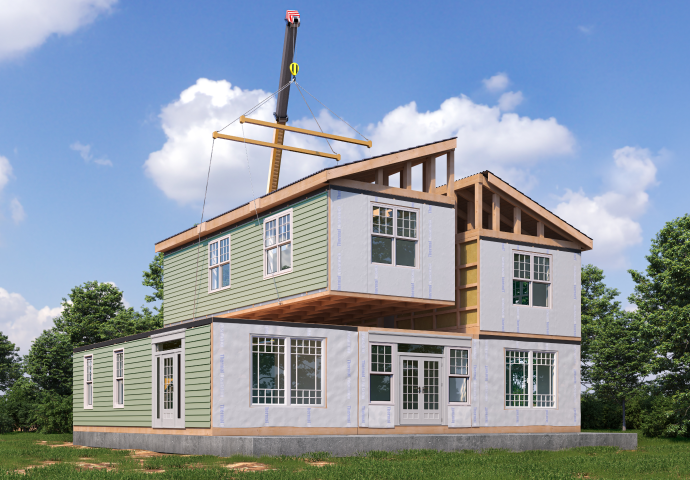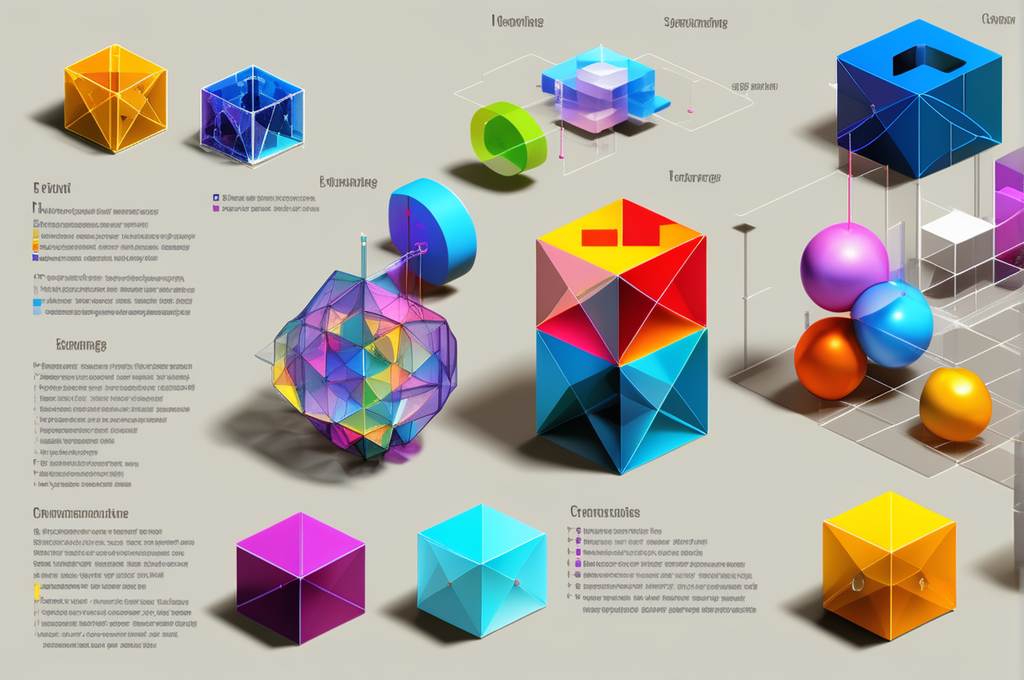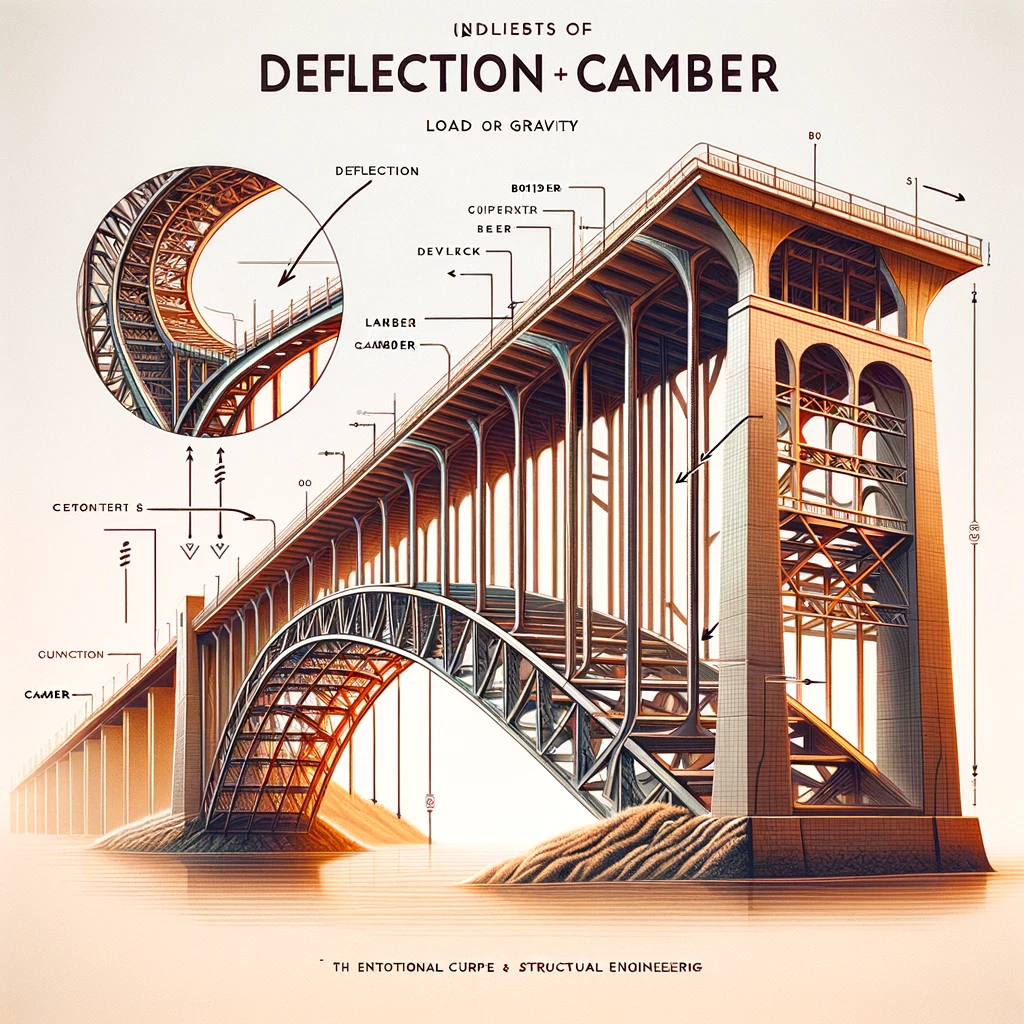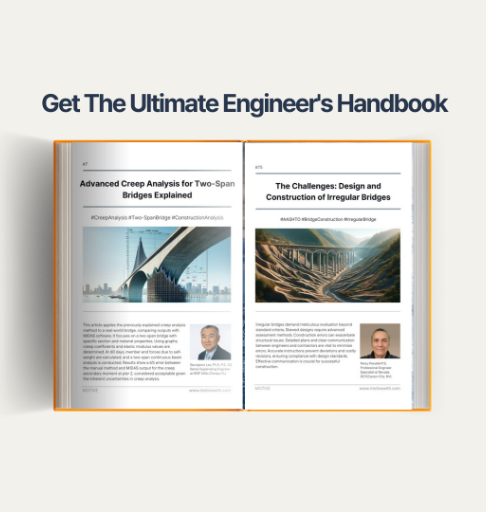Intro
Do you know the difference between pre-tensioned and post-tensioned concrete? It's okay if you don't. My name is Tyler Ley, and I'm so excited to be your guide. Did you know that concrete is ten times stronger in compression than tension? Well, guess what the Romans did and that's why they built concrete arches because they were mainly in compression and they helped avoid cracking.

But could we do this with our modern concrete? Well, sure we could. We could use something called pre-stressed concrete and get some of the powers of the concrete arch in our modern structures. In pre-stressed concrete, there are two types. Pre-tensioned and Post-tensioned.

Pre-tensioned Concrete
How does it work
How do pre-tensioned and post-tensioned structures work? It's pretty simple. You stretch steel, you release the steel, and it transfers the load to the concrete, putting it in compression. If you see big, long girders, then you are seeing pre-tensioned concrete. The type of reinforcement we're gonna use is seven wire strand. You lay your material out, you actually anchor one side of it, you put a load on the other side. You may have 70 or 80 strands. Then you cast concrete around it. You wait for the concrete to get strength, then you release the loads and it tries to shorten.

Benefits and Challenges
There are a lot of benefits. They are extremely economical if we're using repeat members over and over again with known loads. There is less concern about protecting the reinforcement in these systems. There's less cracking and improved durability, but there are some challenges. You're gonna need large stressing equipment. Oftentimes, these are done in specialized massive factories, and you can only apply the pre-stressing once. And the cracking can sometimes happen at the point of release, right where that strand goes into the girder. There's sometimes some problems there at the end.

Post-tensioned Concrete
Let's talk about post-tensioning now. Some examples are slabs or segmental box girder structures. You can also use post-tensioning on the outside of girders to increase strength, but that is not done very often because we have to protect that steel heavily.

How does it work
How you make these systems is you cast concrete with something called a duct in it or a hollow region. That duct can be filled with high-strength pre-stressing strands or a large number of strands. Then we have one end that is the dead end or the anchor. The other end is the live end or the free end. We're gonna pull on that with a certain amount of load, and then we're gonna put something to hold it, something called a wedge.

Benefits and Challenges
There are lots of benefits with these systems. There's typically reduced cracking and sometimes there's only one way to build a structure and it's post-tensioned concrete. These ducts can take almost any shape and that's extremely powerful in structural design and the stressing can be done in the field where it can be adjusted to what is needed for the structure. There is also a challenge with that stressing down in the field because sometimes it can be kind of cumbersome and a little bit risky. You need special equipment to do this with. It can be complicated to design. Protecting that strand is extremely challenging and important because if you lose it, you're gonna lose a lot of capacity in your structure and cracking at that anchorage region is a big deal.

Conclusion
In summary, both pre-tensioned and post-tensioned concrete can help reduce cracking and enable us to build amazing and long-lasting structures.
For more detailed explanations and examples, check out Tyler Ley's original YouTube video, which is the motive of this post, by clicking this link: Comparing pre tensioned and post tensioned concrete | prestressed concrete
References
Tyler Ley's original video: Comparing pre tensioned and post tensioned concrete | prestressed concrete
/Tyler%20ley%20240_240.png)
I have more than 20 years of experience in the fields of structural and concrete materials engineering. During this time I have worked as an engineer with a design consultant, construction contractor, government agency, and as a professor. This practical experience has made me a better teacher and researcher.
I am very active in the American Concrete Institute where I am a voting member of the Concrete Durability, Material Science, Concrete Proportioning, and Sustainability Technical committees. In addition, I serve on the executive committee of the National Concrete Consortium, a group made up of DOT engineers from 35 different states. I also served as the president of the American Ceramics Society Cements Division in 2016. I have a passion for creating innovative learning content.
My websites are visited by over 50,000 people per year, visit my website and youtube. (👈click)
※ If you click on the keywords below "Topics," you can view related contents.







/%EC%9E%91%EC%9D%80%EC%97%B0%EB%AA%BB_400_400.png)

